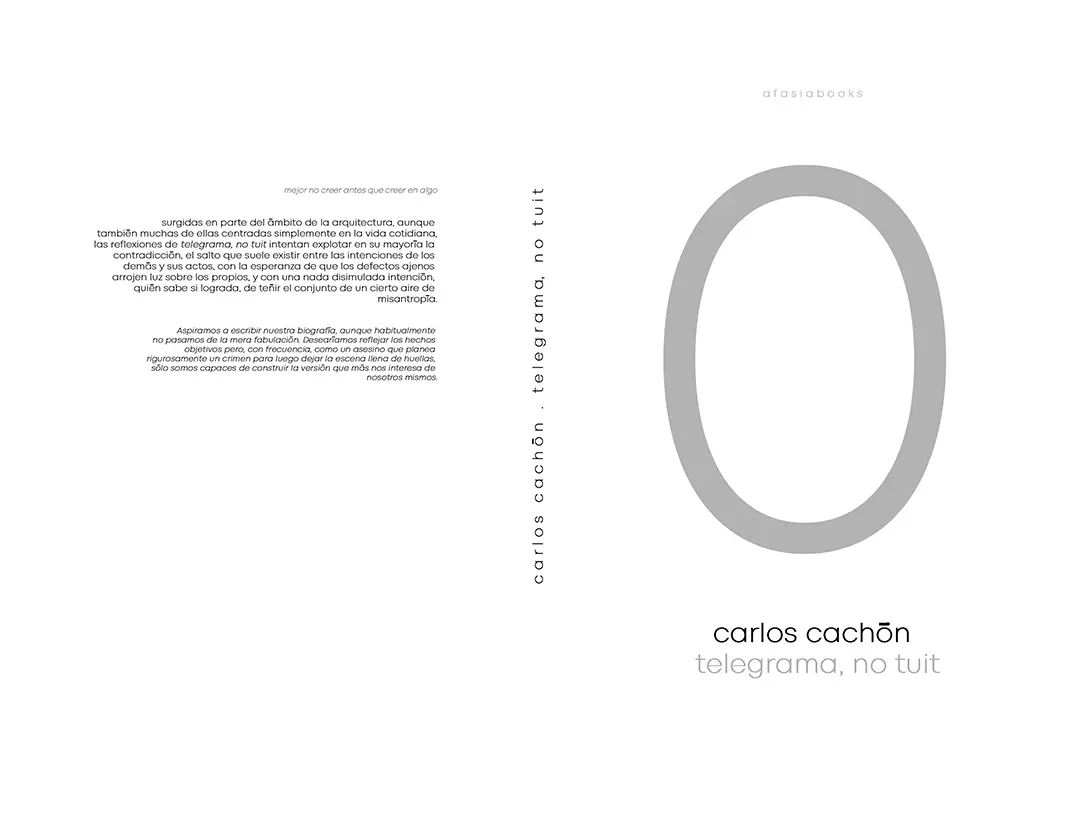
Basurama . photos: © Manuel G Vicente
The Hejduk Towers are conceived as lighthouses and vital social reference points, embodying the convergence of history, memory, and the boundless potential of an as-yet-unimagined future. Two distinct interventions, collectively known as Plastic Biontes, transform the towers into a canvas, exploring the increasingly blurred boundaries between the “natural” and the artificial, alongside the intricate interdependence of all life forms.
These interventions propose a mimesis—an imitation or representation—between what already exists and what is newly introduced. This fosters symbioses that encourage us to envision sustainable future lifestyles. They aim to illuminate current threats while simultaneously inspiring us to conceive innovative forms of adaptation, collaboration, and resilience.
Crucially, both installations repurpose industrial material remnants sourced from nearby companies. These discarded materials are given new significance, fundamentally transforming the towers’ exteriors. This creative reuse generates a dynamic interplay between what is readily visible and what often remains unseen.
Chrysalis (Glass Tower)
This particular intervention employs transparent film, a material that is ubiquitous in our daily lives and starkly symbolizes the pervasive over-packaging of goods, materials, and even food. Its inherent transparency reflects a societal inclination for objects to be pristine, meticulously protected, clean, and aseptic. Yet, ironically, this very material is a primary driver behind the widespread proliferation of microplastics across both aquatic and terrestrial environments.
Lichen (Granite Tower)
The Lichen intervention features unique plastic “boulders”—byproducts from plastic extrusion, a high-volume manufacturing technique that involves the uniform melting of thermoplastic material. These plastic forms cleverly mimic the lichens commonly observed thriving on city stones, which naturally alter the color and texture of rock walls. This represents an intriguing inverse colonization: plastic assumes the role of lichen—a living, resilient, and symbiotic organism. Furthermore, it subtly alludes to plastic’s paradoxical endeavor to “heal” or envelop the mineral surface, despite the reality of its contaminating presence. These plastic lichens effectively create a suture on the granite, bridging the gap between the artificial and the natural.
Ultimately, these thought-provoking interventions seek to rekindle our imagination and sharpen our power of observation. They draw our attention to what is readily available around us but frequently goes unnoticed. By rendering this abundance visible, we are invited to cultivate a deeper and more profound understanding of ourselves and our place in the world.·
_
Una intervención en las Torres Hejduk que pretende un diálogo, a través de la basura, de la ciudad de la cultura y la ciudad de Santiago. Las torres como faros, como puntos de referencia social, como símbolos que unen la historia, la memoria y la posibilidad de un futuro aún por imaginar y construir. Plastic biontes reflexiona sobre los límites entre lo "natural" y lo artificial, cada vez es más difusos, y en la interdependencia de las formas de vida. Propone una mímesis entre lo existente y lo nuevo, en esas simbiosis que nos ayudan a imaginar formas de vida futura, a prestar atención a las amenazas pero que también nos interpelan a imaginar formas de adaptación, colaboración y resiliencia. Ambas intervenciones emplean restos de materiales provenientes de las cadenas de producción industriales de empresas cercanas, reutilizándolos y resignificándolos para transformar la piel de las torres. Un juego entre lo visible y lo invisible. Crisálida (Torre de cristal) > intervención con film transparente, hiperpresente en nuestra cotidianidad y símbolo del sobre envasado de todo tipo de materiales, mercancías o incluso alimentos. Su transparencia un reflejo de la necesidad de las cosas intactas, protegidas, limpias , asépticas … pero al mismo tiempo uno de los mayores causantes de la presencia de micro-plásticos en todos los entornos acuáticos terrestres. Liquen (Torre de Granito) > intervención con bolos de plástico (restos de la extrusión de plástico, técnica de fabricación de alta producción que implica la fusión homogénea de un material termoplástico) emulando los líquenes que tan comúnmente crecen en las piedras de las ciudad, que se abren paso en las paredes de roca y modifican su color y su textura. Una colonización inversa, —el plástico tomando el lugar del líquen, algo vivo, resistente, simbiótico— y del intento del plástico de “sanar” o cubrir lo mineral, cuando en realidad lo contamina. Líquenes de plástico que sutura el granito. Recuperar la imaginación, el poder de observación, de lo cercano, de lo que existe a nuestro alrededor pero que es invisible a los ojos. Visibilizar la abundancia nos ayuda a entender quiénes somos.












